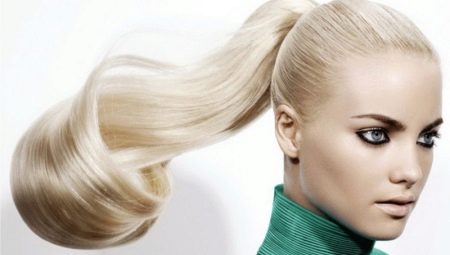Today, in addition to hairdressing and professional hair bleaching products, there are options for home treatments. Changes in color of this kind will make it possible to achieve the desired shade without unnecessary expenses, and also allow the use of folk and safe hair products.
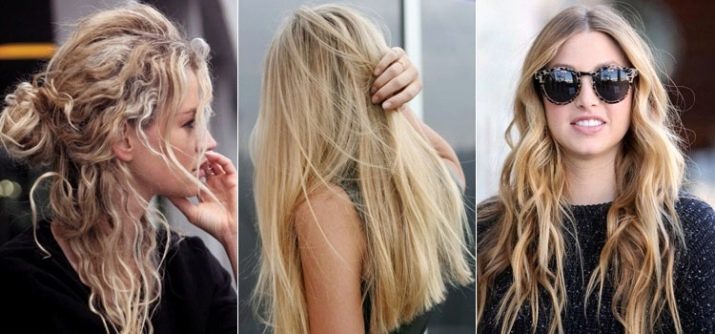
Features of the procedure
To discolor hair at home, the fair sex should be prepared for the fact that the process itself will require some effort, time and accuracy. However, if all the recommendations are followed, the result of the work done will be the appearance of the desired shade or color, while the hair will remain beautiful and healthy.

There are a number of features of bleaching curls at home without harm. The primary task is to assess the initial state and color of hair:
- for natural brunettes, it will be necessary to carry out clarification in several stages, since such cardinal color changes will be associated with the appearance of unwanted yellowness;
- fiery hair of natural origin will also require special techniques for removing natural pigment from hair rods;
- for blondes and blond hair, the process of self-clarification should go without unnecessary "pitfalls", because the required shade will turn out pretty quickly.


If the hair before home bleaching has already been dyed professionally in black, chestnut or dark blond, then the correct result will be obtained with preliminary decapitation.This also applies to natural dyes such as henna, basma and the like.
Ammonia paint, as a rule, is washed off from the hair after 14-21 days, so bleaching should be done after this time.

As practice shows, lightening work is much easier to carry out with straight and thin hair. To repaint a thick and stiff hair will be more difficult in the light of the structural features of the hair rods.
The technology of home lightening does not pose any danger, but still has some contraindications:
- regardless of the chosen method of clarification, this procedure is not recommended for women with sensitive epidermis, as well as various inflammations or wounds;
- discoloration of weak, burned and split ends will lead to a significant deterioration in their condition, up to loss;
- postpone the transformation of hair color for some time during pregnancy and lactation;
- curls should not be discolored immediately after curling; at least 2-3 weeks should elapse between these procedures;
- temporarily refuse color changes will be correct during the period of taking antibiotics.


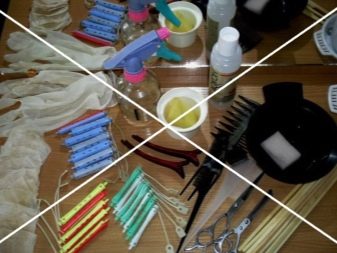

A distinctive feature of hair bleaching is the fact that in the process of exposure to the selected products or chemistry, the natural pigment of the hair is destroyed, so it does not acquire a new shade. As a rule, such manipulations involve the second stage of the transformation of hairstyles. In this case, most women resort to the use of tint balms, tonics and other similar means to change color.

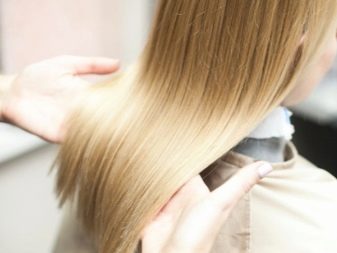
It is important to understand that bleaching is a sequential and gradual process, the result of which depends on the reaction of the composition used to the structure of the hair. The bleaching process stops only after the neutralizer is applied to the curls. As for the deep pigment excretion, the reaction in the hair cuticle can persist for several days after the procedure itself.
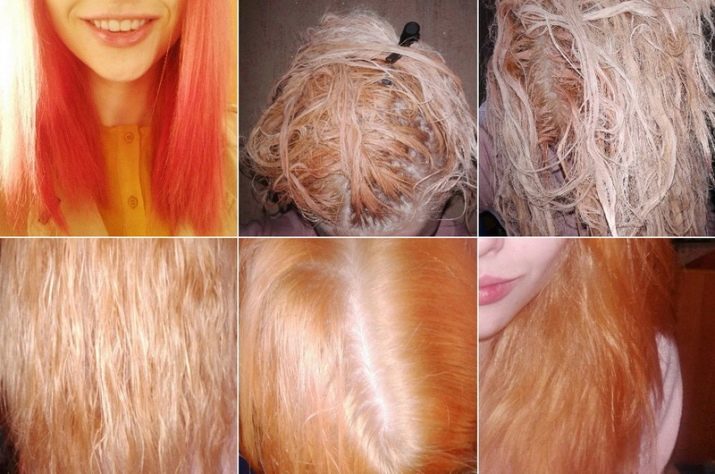
In order for the result not to take long to wait, as well as for more effective penetration of funds into the hair, masters are advised to refrain from washing their hair for several days before the procedure before self-bleaching. This will also protect the scalp from irritation after contact with chemical compounds.
Popular tools and methods for using them
Today, it is possible to bleach hair at home in a variety of ways. This is due to the presence of a large number of different compositions that allow you to remove pigment from the hair shaft. A number of products are professional products, the preparation of which will require a minimum of time, and all components will be in one package. Folk remedies are also actively used, which can be equally successfully applied at home.
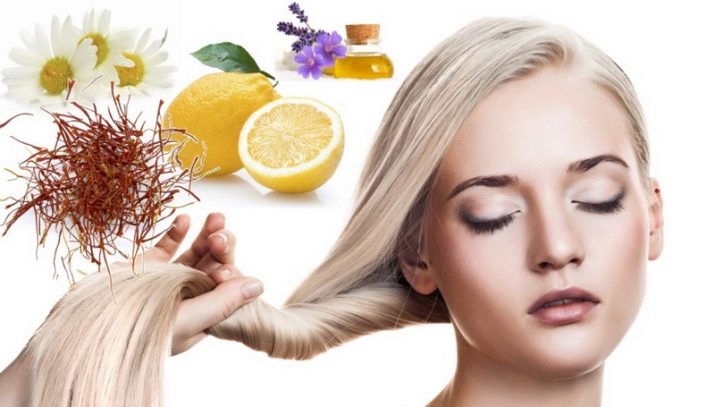
Ready-made preparations
The following products are most popular.
Paint
A feature of the composition is the ability to make hair lighter by 2-3 tones, but provided that the composition is applied to unpainted curls. On such hair, dye can perform two tasks at once: the composition will eliminate the natural pigment and perform toning. As a rule, high-quality products will have in the package all the necessary devices and tools for home bleaching. And also it is not necessary to calculate the proportions of the ingredients used before painting.

The only drawback of a professional finished product is the inability to work with already painted curls. For such situations, specialized blocking drugs will be required.
Powder
An effective way to achieve a light and even white color, especially on fair hair. This product will make the original shade lighter at least 4-5 tones. However, to work with a powder product, you will need to additionally buy an oxidizing agent. The proportions of the use of these two substances should be calculated in each case based on the length, structure of the hair and other nuances.
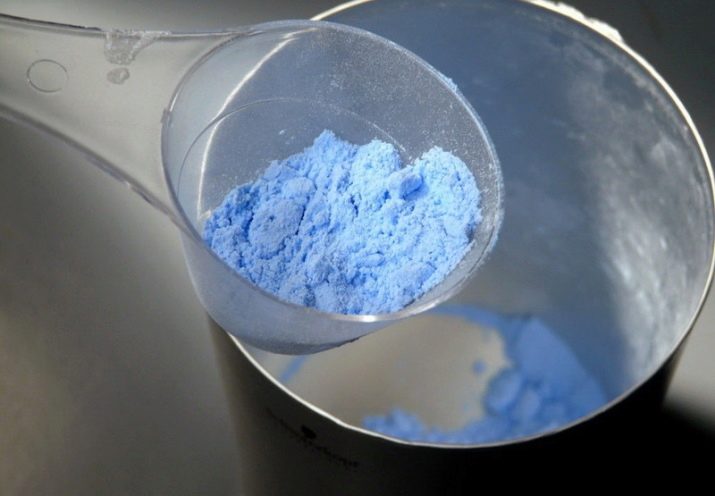
After applying the powder, the hair will need to be toned. It is best to use the product once a month and a half.
Supra
In fact, this tool is a white henna of chemical origin, recommended by specialists for bleaching. The composition of the supra includes substances such as magnesium oxide and peroxide, ammonium salt. In order to work with such a ready-made tool you will need to dilute it with an activator. Oxygen can have a different degree of concentration, and the more it is, the lighter will be the hair in the end. Supra is easy to use at home.

Flushing
A decapitate product that flushes pigment from a hair shaft. It can be used for colored hair of any shade. Today, the product is presented in two versions - an acid and a blonding product. The first type is a gentle composition that works well with artificial pigment. The second type can have a negative effect on the condition of the hair, but the result will be a color change of 3-4 tones.


Shampoo
A safe product for changing color, but it does not have a pronounced effect. This option is used in cases where it is necessary to smooth out the difference between the growing roots and light tips.

Folk recipes
Hydrogen peroxide
Suitable for partial or complete discoloration. The most popular way to lighten your home. In the process of independent work safety precautions should be followedprotecting the scalp and hands from irritation.

Lemon juice
Suitable for natural unpainted hair. In addition to removing pigment, the tool will allow hair to acquire additional shine. For effective clarification for a couple of tones, you need contact of the curls with ultraviolet. As a rule, a solution based on citrus juice is sprayed onto the hair using a spray bottle or with a dye brush. Prolonged action, therefore even after washing off, the clarification process will continue for some time.
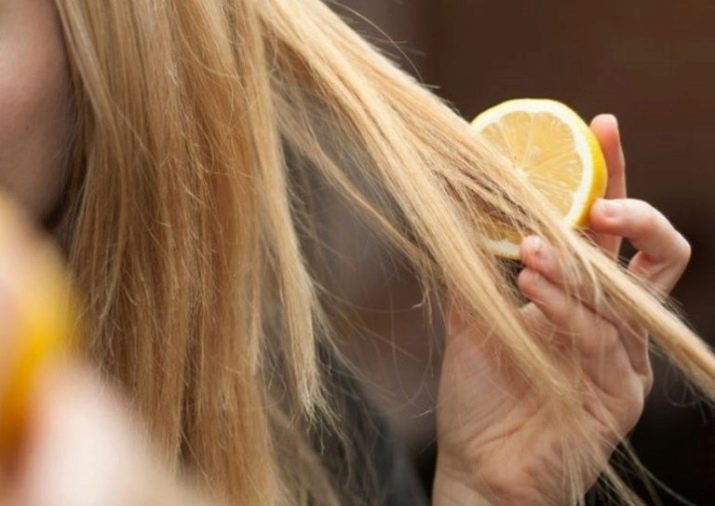
Castor oil
Bleaching masks are prepared on the basis of this natural product, which will help remove pigment even from dark hair. There are many different recipes for the preparation of clarifying agents based on castor oil. Among them, one can distinguish a mixture of oil and yolks, as well as a double-acting agent, which includes not only oil, but also lemon juice.

Honey, cinnamon
Products with which many women radically changed their hair color without visiting beauty salons and using chemicals. Honey treat discolors hair due to the content of natural peroxide. Such a product even works with gray curls.
Lightening masks are prepared on the basis of cinnamon, which nourish and strengthen curls, but can cause irritation of the skin, therefore, require careful application. The disadvantage of using cinnamon is the duration of the procedure: at least 5-8 hours must pass with a mask.
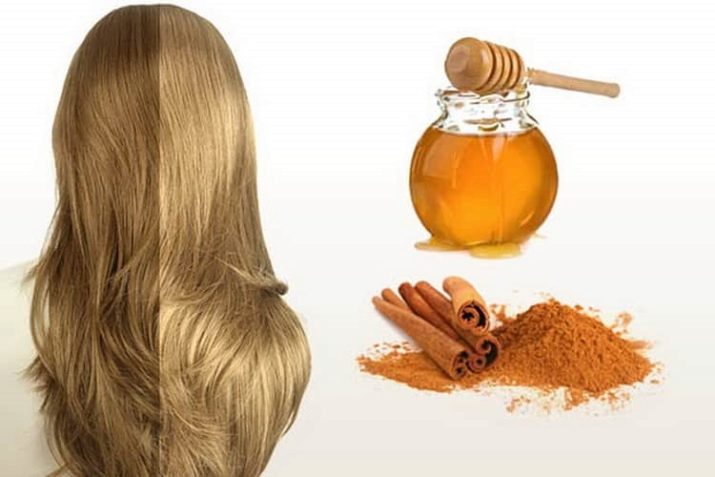
Chamomile
Blond hair discolours with the help of chamomile infusion. For these purposes, a decoction is prepared from a dry collection, which is used to rinse the hair after washing.
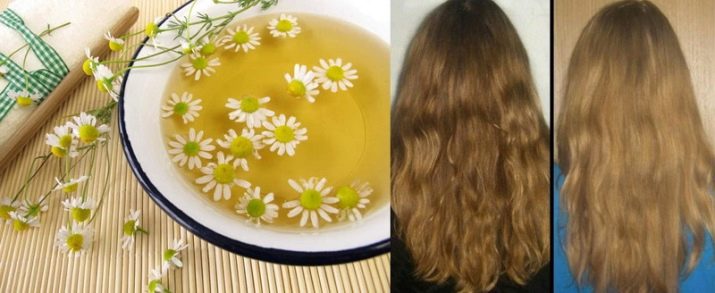
Kefir
A natural brightener that can penetrate deeper into the hair shaft by washing out colored pigment. Sour-milk product is used in conjunction with natural products such as cognac, lemon juice, egg.
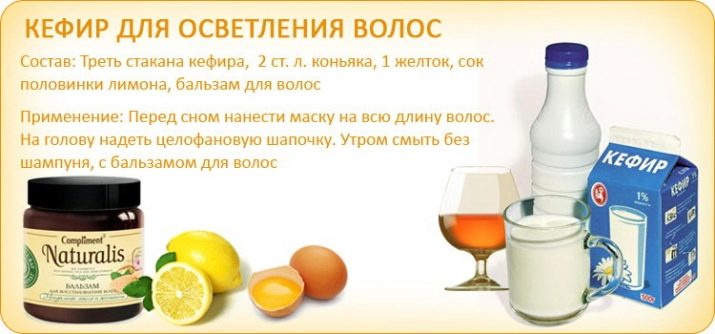
Hydroperite
A fairly aggressive bleach which, if mistreated, can cause significant damage to the hair shaft, as well as cause serious burns to the skin. Most often they use hydroperit in tablets, which can be purchased at any pharmacy.
The main disadvantage of this bleaching is the appearance of a yellow tint on the hair.
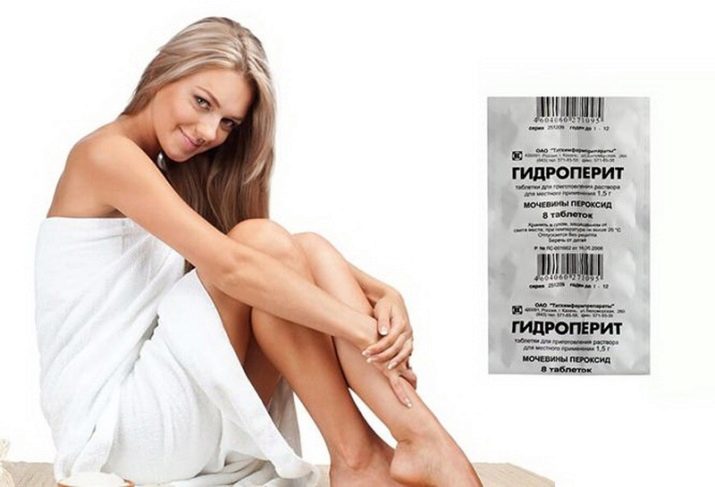
Soda, laundry soap
Alkali is able to penetrate the structure of the hair shaft, washing pigment from there. As an alternative to the powder, soap can be used that dissolves in water, after which it is sprayed onto the hair using a spray gun.

Partial lightening
Sometimes you only need to work out the composition of overgrown roots, which will be darker than the rest of the hair color. For such procedures, from a list of professional or folk remedies for bleaching, it is worth choosing formulations that will not harm the skin of the head. It is best to tint the roots with an acid wash or with homemade products. The process itself involves working with the roots, you need to start it with the parietal zone, gradually treating the remaining contrasting areas with clarifier.
Keep the composition on the hair until the necessary shade is obtained. For hair with a porous structure, special care must be taken control the exposure time of the clarifier on the roots.
We must not forget that the reaction with the hair shaft will be preserved until the moment of washing off and neutralizing the chosen product, whether it is working with Blondex or lemon juice.
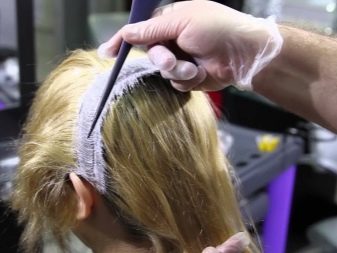
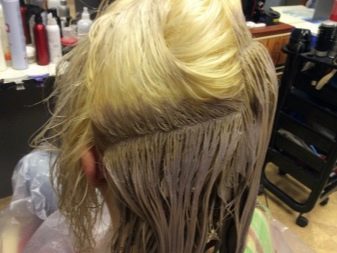
If after the procedure the color difference is preserved, re-staining of the dark areas is allowed until the color is reached as close as possible to the shade at the ends.
Yellowness Elimination
Yellowness is a common occurrence after lightening, especially with light and red curls. There are several reasons for the appearance of such an undesirable result:
- use for bleaching cheap low-quality composition;
- errors regarding the clarification technology itself;
- the composition of tap water with impurities of heavy metals, which subsequently washed cosmetic substances from the hair.


To get rid of an ugly and unnatural yellow hue, you can use the following options.
- Tinted shampoos, balms, tonics. Such tools can effectively paint over yellow, and most of the line of similar products are suitable for daily use.
- Paints without ammonia. The compounds will not cause serious damage to the hair. In order to adjust the color of the hair with the help of paints of this type, experts recommend choosing a product a tone lighter than the original color. It is also important that neutralizing asphalt mixton is present in the composition.

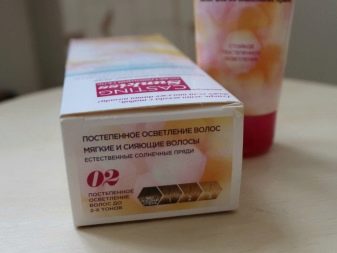
Bleached Hair Care
Regardless of what bleaching was done, hair after such a procedure will need special restorative care and nutrition. It is quite possible to treat curls at home. For these purposes, experts recommend using professional hair care cosmetics or home-made formulations.
- As for shampoo for washing bleached hair, it is recommended to select natural, organic products, you can also use funds to care for colored curls. As a rule, such compounds remove dirt well, while maintaining hair color.
- After bleaching, hair masks will be required to be used at least once a week. For these purposes, you should use reducing products in which there is a complex of natural oils, silk proteins, keratin.
- Bleached hair should be protected from contact with ultraviolet rays, and also avoid frequent use of a hair dryer and other devices that will affect the hair shaft at high temperature, drying and destroying it.


See how to lighten your hair properly so that there is no yellowness in the next video.
